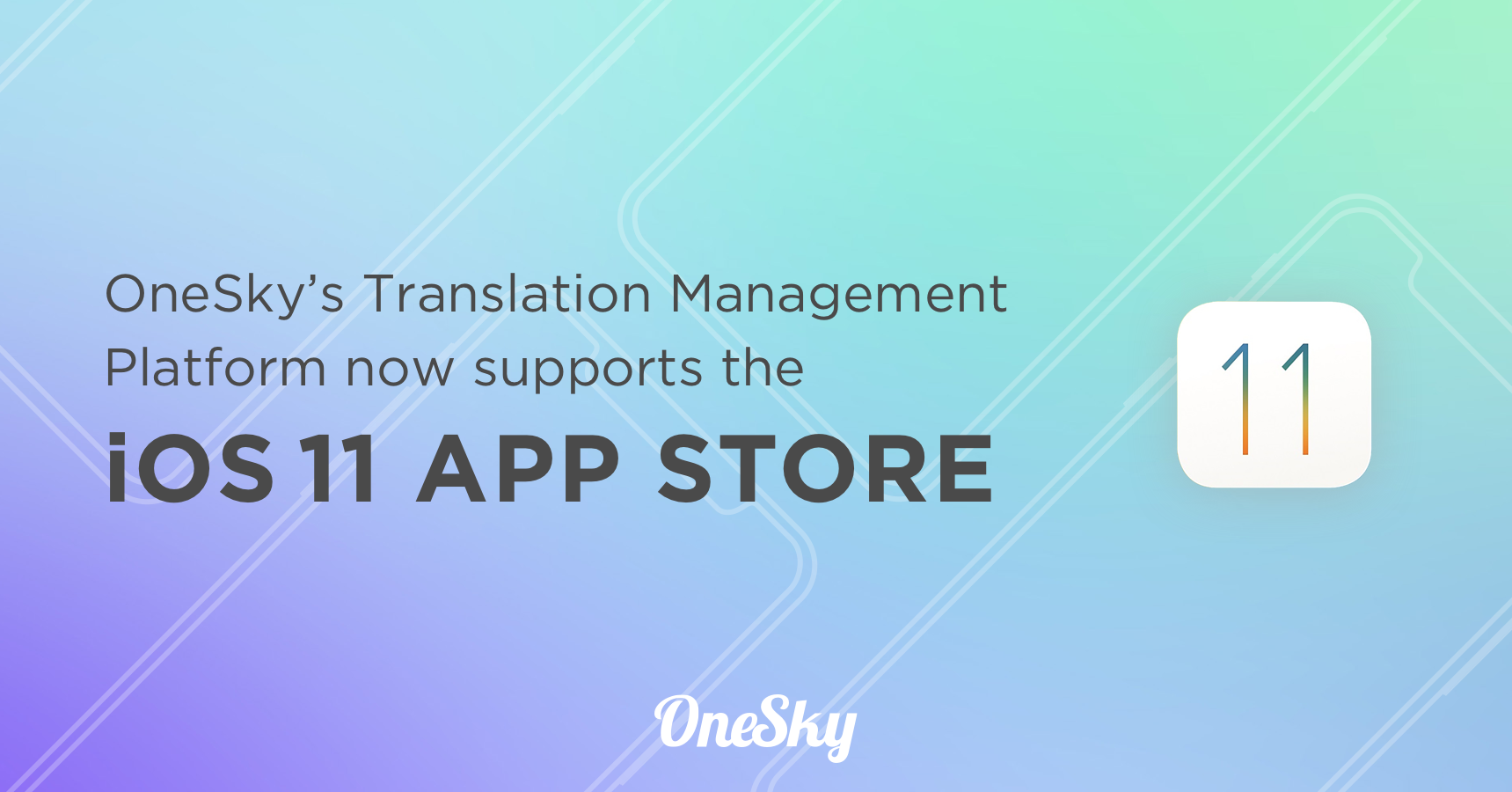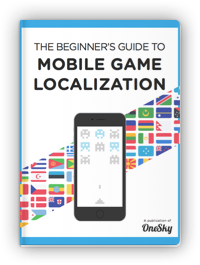5 Localization Tools For Successful Global Expanison
Success hinges on adaptation—the ability to tailor content not only to different languages but also to the cultural, legal, and technical nuances of each region.
But what does adaptation really mean? Adaptation is about ensuring that your message resonates as deeply in Tokyo as it does in New York. It means delivering content that feels local, even when it’s part of a global campaign. And to achieve that level of precision, localization professionals need more than just language skills—they need the right tools to optimize workflows, ensure high-quality translations, and maintain consistency across all platforms.
In this blog, we’ll explore 5 critical localization tools that can transform how you manage localization projects, helping you create product content that is not only accurate but also culturally relevant and seamlessly integrated across every market. Let’s dive into the must-have tools for any business and localization professional who wants to stay ahead in the global arena.
MASTER THE ART & SCIENCE OF LOCALIZATION
Localization is the art and science of transforming content to make it culturally and linguistically appropriate for different audiences. But localization isn’t just about words—it’s about ensuring your content fits seamlessly into each target market. Whether you’re localizing software, marketing materials, or user interfaces, the tools you use will define the quality of your work. To help you deliver your best work, we’ve identified the 5 must-have tools every localization professional should be proficient in.
1. Translation Management System (TMS)
A Translation Management System (TMS) is the backbone of any efficient localization process. It is a software platform that manages the entire workflow, from the initial project setup to the final delivery of localized content.
With a TMS, you can centralize all your resources, including translation memory, glossaries, and style guides, in one platform. This streamlines the workflow and helps manage complex localization projects with ease.
Why is a TMS essential for localization professionals?
- Efficiency: A TMS automates repetitive tasks, such as file management and workflow updates.
- Collaboration: Localization projects often involve multiple stakeholders, including translators, editors, and project managers. A TMS allows teams to collaborate in real-time, ensuring smooth communication.
- Consistency: Using a TMS ensures consistency in your translations by leveraging translation memory and glossaries. This helps maintain uniformity in style and terminology across all your projects.
Recommended TMS Tools:
- Smartling: A cloud-based TMS designed for real-time translation. Smartling integrates well with CMS platforms and marketing tools, automating workflows and reducing the risk of errors
- Lokalise: Known for its speed and flexibility, Lokalise is ideal for agile teams that need frequent updates. It supports a wide range of file formats and integrates with tools like GitHub and Slack, making it a great option for tech-driven localization projects.
- OneSky: OneSky is tailored for software, apps, websites, and games. It offers a flexible API, translation memory for consistent quality, and advanced analytics to help monitor project progress.
While a TMS can present challenges such as complex setup, steep learning curve, or potentially high subscription costs, any localization expert serious about delivering top-tier translations will view these hurdles as stepping stones. The most successful professionals will be the ones who push past these barriers to elevate their work to the next level.
2. Computer-Assisted Translation (CAT) Tools
Computer-Assisted Translation (CAT) tools are designed to help translators work faster and more accurately. CAT tools use translation memory (TM) to store previous translations, allowing them to suggest translations for similar content in the future. This feature speeds up the translation process and ensures consistency across different projects.
Why are CAT tools crucial for localization professionals?
- Speed: By leveraging previous translations stored in translation memory, CAT tools allow translators to reuse content, reducing the need to retranslate repetitive or similar content.
- Consistency: CAT tools help maintain a consistent tone and style across projects by suggesting the same translations for recurring terms and phrases. This is particularly useful when working on large projects that require uniformity in terminology.
A study by TAUS found that translators using CAT tools can increase their productivity by 30% to 50%, allowing them to translate more words per hour while maintaining high levels of quality.
3. Quality Assurance (QA) Tools
Quality Assurance (QA) tools are designed to automatically check translated content for errors. They scan for issues such as spelling mistakes, grammar errors, formatting problems, and deviations from the preferred terminology. QA tools play an essential role in ensuring that localized content meets quality standards before it is delivered to clients or published.
Why are QA tools important for localization professionals?
- Error Detection: QA tools automatically detect errors that might go unnoticed during manual review, such as inconsistent terminology or formatting issues.
- Consistency: By checking for adherence to glossaries and style guides, QA tools ensure that all translated content aligns with the client’s preferences and maintains a consistent tone and style.
4. Machine Translation (MT) Tools
Machine Translation (MT) tools use artificial intelligence to automatically translate text from one language to another. MT tools are particularly useful for translating large volumes of content quickly. While machine translations often require human editing to ensure accuracy and cultural relevance, they can significantly reduce translation time and costs.
Why are MT tools valuable for localization professionals?
- Speed: MT tools can handle large volumes of content in a fraction of the time it would take a human translator. This makes them ideal for projects with tight deadlines or high-volume content needs.
- Cost-Effective: For repetitive or highly technical content, MT tools can reduce the need for human translators, lowering overall translation costs.
Recommended MT Tools:
- DeepL: DeepL is widely praised for its high-quality translations, particularly for European languages. It also allows users to customize translations by setting specific terminology preferences.
- Google Translate: Google Translate is one of the most popular MT tools, known for its broad language support and Neural Machine Translation (NMT) capabilities. While it’s not always perfect, it’s a versatile option for translating a wide range of content types.
The global machine translation market is expected to reach $983 million by 2026, driven by the growing demand for real-time translation in international businesses (Statista).
5. Localization Testing Tools
Localization testing tools ensure that translated content functions correctly in real-world environments. These tools simulate the user experience in different languages and regions, checking for issues such as text truncation, misaligned UI elements, and cultural inappropriateness. Localization testing is especially important for software, apps, and websites where functionality and user experience are critical.
Why are localization testing tools important?
- Functionality: Localization testing tools ensure that the translated content works as intended across different platforms and devices.
- Cultural Sensitivity: These tools help detect potential cultural issues, ensuring that the localized content resonates with the target audience and avoids any offensive or inappropriate elements.
One drawback of localization tools is that they are time-consuming. But tools like Applanga and Crowdin have simplified the process.
You Can Achieve Localization Mastery
Mastering the above tools is crucial for businesses and localization professionals who want to deliver culturally relevant, accurate, and high-quality content. From streamlining workflows with a TMS to ensuring the functionality of localized content with testing tools, these 5 technologies are essential for success.
Want to Optimize Your Localization Process?
OneSky Localization Agent is here to streamline your workflow, improve translation quality, and ensure consistency across all your projects. Click below to learn more about how OneSky can transform your localization strategy.




 Written by -
Written by - 



 Written by
Written by 


